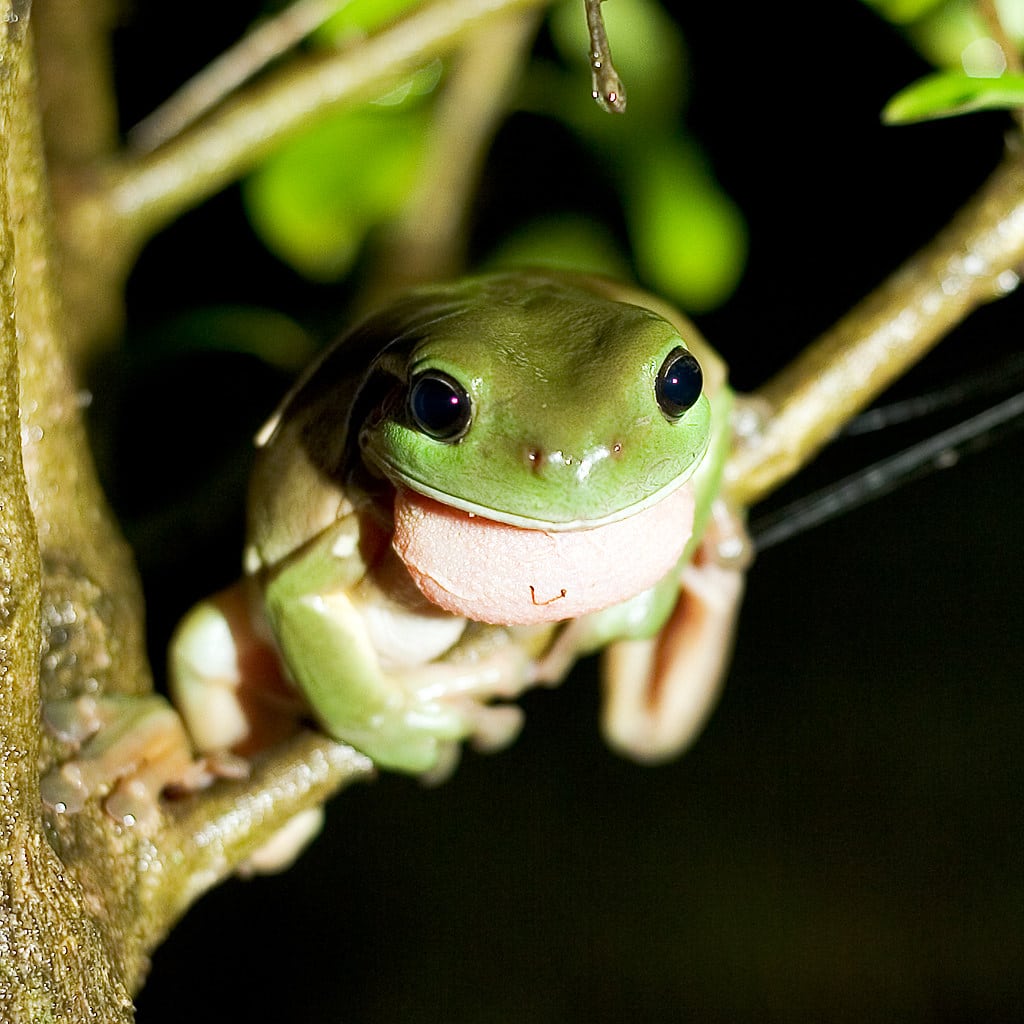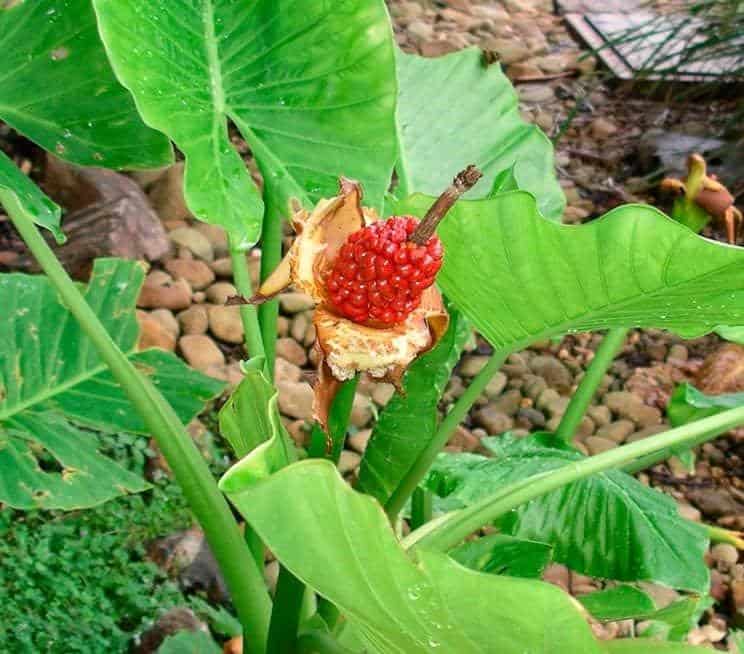We are lucky to have a diverse frog population in our local area but like most animals, frogs are affected by habitat loss and are very sensitive to changes in the environment.
A good way to tell if your area is suitable for frogs is by listening or looking for them around your garden. If you hear or see them, your garden is likely a good place for frogs.
We know they can be a bit noisy but with the right planning, you and your froggy friends can exist together happily. For guidance on setting up the perfect frog-friendly garden, check out this informative article, Frog Ponds, by Sustainable Gardening Australia. It’s packed with tips to help you establish optimal conditions for a healthy, sustainable frog pond.

Plants for the shallow end
Carex appressa occurs in swamps, watercourses, and in shallow water. It also serves as a larval food plant for the butterfly Heteronympha cordace.
Lomandra hystrix has pleasantly scented cream flowers and is the host for the butterfly Splendid Ochre (Trapezites symmomus).
Plants for the intermediate and deep zones
Plants for the pond edge:
Acmena smithii this excellent shade and screening tree is a must in any garden.
Dianella caerulea has sprays of small blue flowers in spring and summer, followed by edible bright blue berries. The berries have small black seeds inside.
Lomandra longifolia has scented flowers in rings on flower spikes 12-50 cm long, seeds are yellow. This plant is food for caterpillars and nectar for butterflies.
Alocasia brisbanensis flowers in summer, the yellow-green flowers have a pervasive rose-like scent, followed by red berries in late summer to autumn.
Viola hederacea is a pretty ground cover and lawn substitute for shady areas, with round leaves and purple and white flowers held above the foliage.
Microlaena stipoides is a native winter-active perennial grass that produces dense, erect or semi-prostrate foliage. It has a short non-adventurous rhizomatous root system.
Callistemon salignus the pink to red new foliage and its yellow flowers are the best qualities of this very adaptable bottlebrush.
Callistemon viminalis has profuse crimson red bottlebrushes from Spring through to Autumn that attract birds and butterflies.
Be aware that there are many exotic water plants that are terrible environmental weeds, so be very discerning when you buy, and do a bit of research. Also, avoid plants that form a mat on the top of the water (like Duckweed and Azolla). These make it difficult for tadpoles to get enough oxygen.







